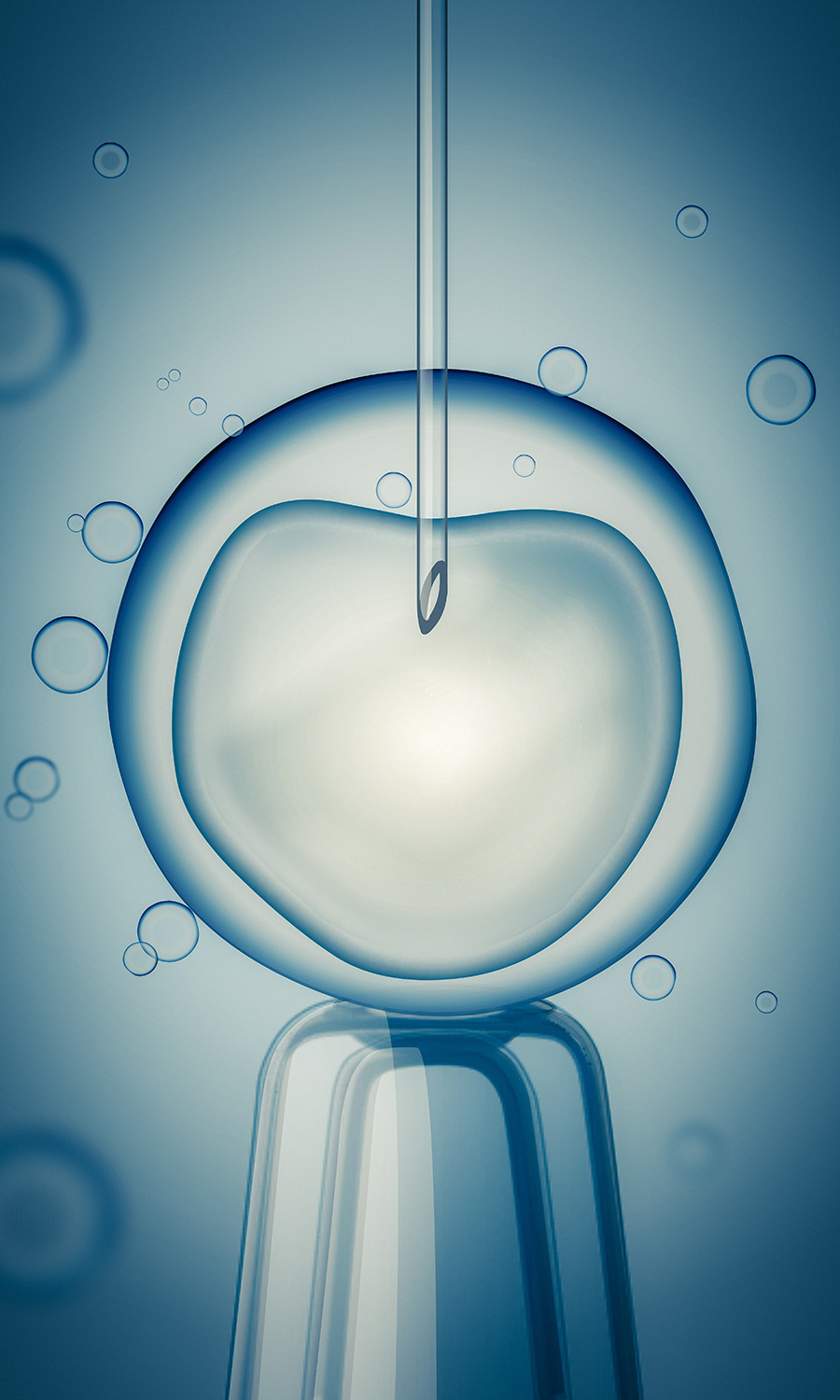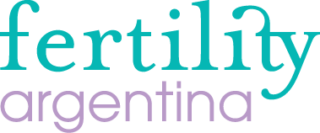SERVICES

IVF Assisted Reproduction Technology
When selecting an ART program, information is crucial. Important points for consideration include the qualifications and experience of personnel, support services available, cost, convenience, pregnancy rates and multiple pregnancy rates. Every couple wants to use the most successful ART program, but many factors contribute to the overall success of a program. Cost-effectiveness ratio is one of the main issues to be considered. Charm treatment, psychological support and individualized assessment make a good program into a very good one, where you should feel comfortable.
Who needs to undergo an ART?
It is estimated that about 15% of couples will fail to achieve conception after 12 months of unprotected intercourse. As the first treatment approach, most couples undergo controlled a controlled ovarian hyperstimulation with or without intrauterine insemination. As success rates is about 15% per cycle, ultimately, about half of these infertile couples will undergo an assisted reproductive technology procedure (ART) (in vitro fertilization (IVF) or intracytoplasmic sperm injection (ICSI)).
The basic steps in an IVF treatment cycle are ovarian stimulation, egg retrieval, fertilization, embryo culture, and embryo transfer.
To decide what the most adequate treatment is, some screening tests should be done:
- Hormones (AMH, FSH, LH, estradiol, TSH, Prolactin)
- Baseline Ultrasound
- Hysterosalpingography
- GC and Chlamydia culture
- Semen analysis

An ART cycle has several stages:
1) Screening tests: after deciding that ART is the best option, some other screening test should be done (Type & Rh Factor, HIV 1 – 2, HBsAg, HCV core antibody, RPR (syphilis), Rubella IgG, Pap smear, CBC, Hepatogram, Glycemia (fasting), vitamin D, Electrocardiogram (EKG), Mammography (over 40 years old)).
2) Cycle preparation: you will take some medications (i.e. contraceptive pills) in order to optimize the ovarian response during the stimulation.
3) Controlled ovarian hyperstimulation (COH): you will take some medications
(gonadotropins) in order to stimulate your ovaries to produce several oocytes, and avoiding spontaneous ovulation.
4) Oocytes retrieval: oocytes will be retrieved in operation room. This practice will be guided by ultrasound.
5) IVF or ICSI: oocytes will be analyzed by the biologist who will classify them and
do the fertilization.
6) Embryo transfer: best two or three embryos (according to female age and medical
history) will be transferred to the uterus using a very soft catheter through the cervix.
7) Pregnancy test.


